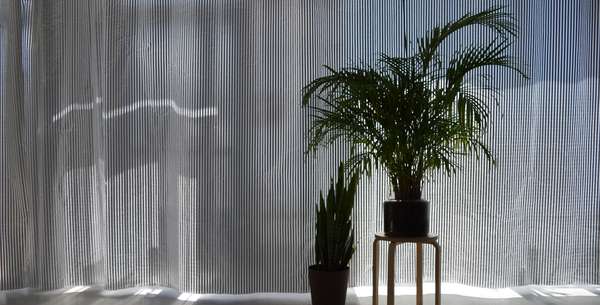Idea by
Heidrun Holzfeind
Heidrun Holzfeind
http://www.heidrunholzfeind.com
Call for ideas 2019
The Time is Now.
The Time is Now.
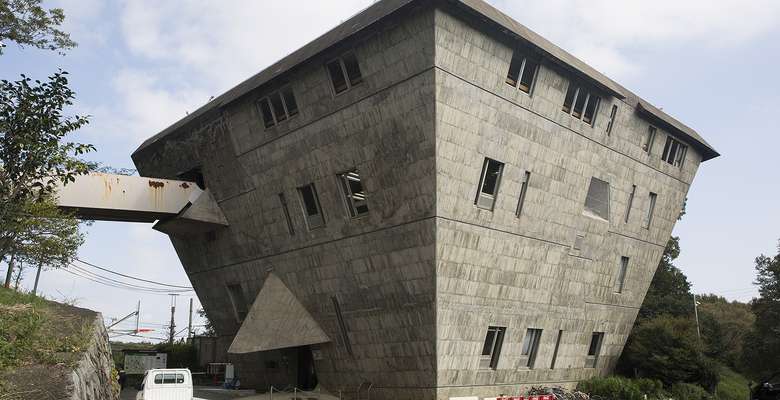
- Systemic changes
Yosizaka’s ideas about society and his criticism of Western civilization are very timely as we face conflicts and collapse due to over-industrialization and over-development, the excessive and irreversible destruction of nature and natural habitats.
He strove to preserve the regional identity and culture and advocated for best use of the land, not to build more than necessary.
Yosizaka felt that essential design solutions could be arrived at by observing the relationship between humans and nature rather than creating forms and designs based on economic factors or personal inclinations. This approach involves a re-evaluation of society and a return of architecture to the people.
His architecture is invariably a collaborative design effort, a concept he also applied to the individual within society, and to architecture in relation to the city and form and space.
In particular, I would like to discuss his theories of “Discontinuous Unity” and “Iukeiology”.
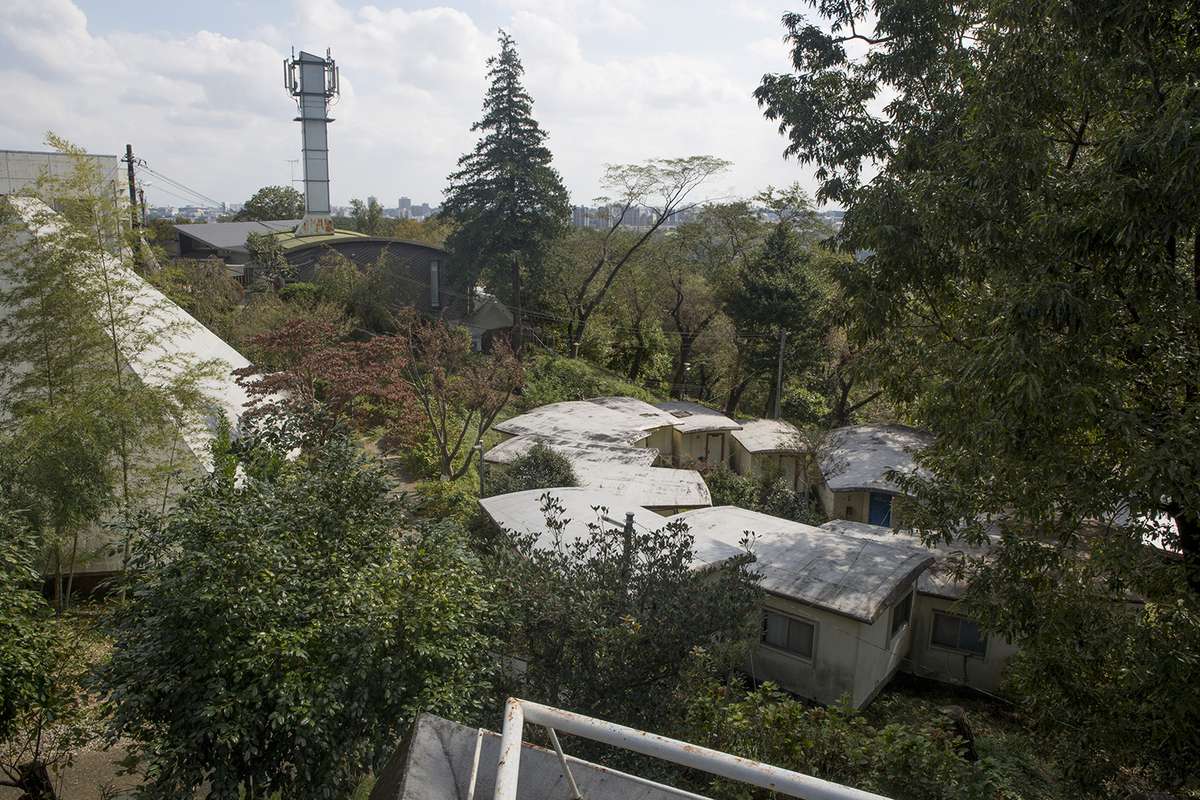
units, pyramid building, Inter-University Seminar House, Hachioji, Tokyo by Takamasa Yosizaka

outdoor stage, teachers building, Inter-University Seminar House, Hachioji, Tokyo by Takamasa Yosizaka
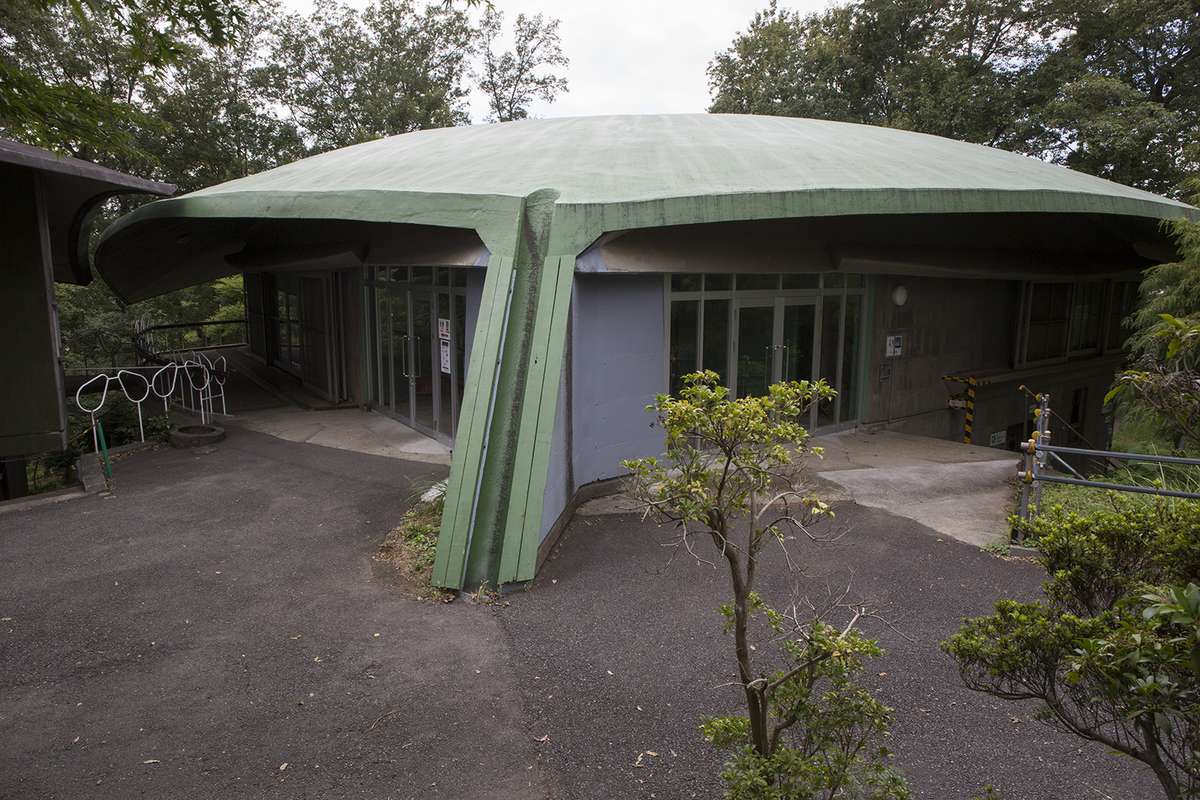
auditorium, Inter-University Seminar House, Hachioji, Tokyo by Takamasa Yosizaka
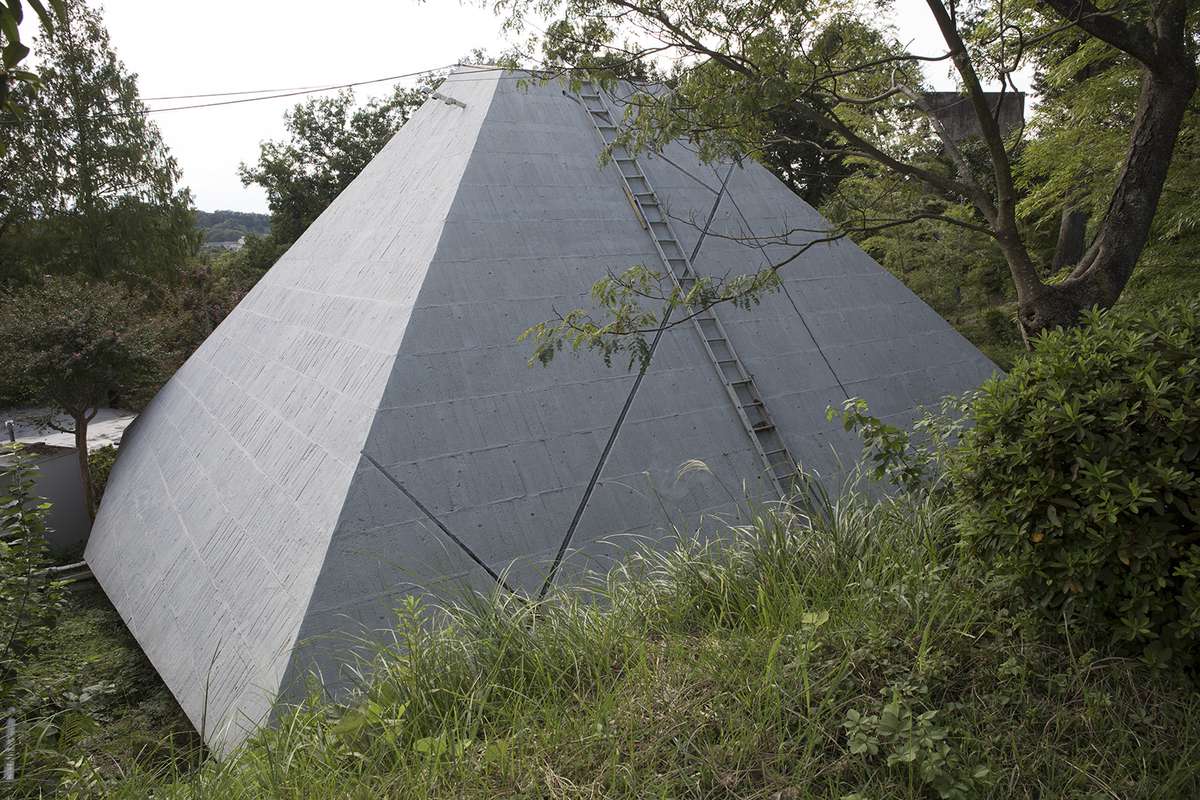
CHuo building, Inter-University Seminar House, Hachioji, Tokyo by Takamasa Yosizaka

detail auditorium, Inter-University Seminar House, Hachioji, Tokyo by Takamasa Yosizaka
The Time is Now.
The Time is Now.

- Systemic changes
Yosizaka’s ideas about society and his criticism of Western civilization are very timely as we face conflicts and collapse due to over-industrialization and over-development, the excessive and irreversible destruction of nature and natural habitats.
He strove to preserve the regional identity and culture and advocated for best use of the land, not to build more than necessary.
Yosizaka felt that essential design solutions could be arrived at by observing the relationship between humans and nature rather than creating forms and designs based on economic factors or personal inclinations. This approach involves a re-evaluation of society and a return of architecture to the people.
His architecture is invariably a collaborative design effort, a concept he also applied to the individual within society, and to architecture in relation to the city and form and space.
In particular, I would like to discuss his theories of “Discontinuous Unity” and “Iukeiology”.
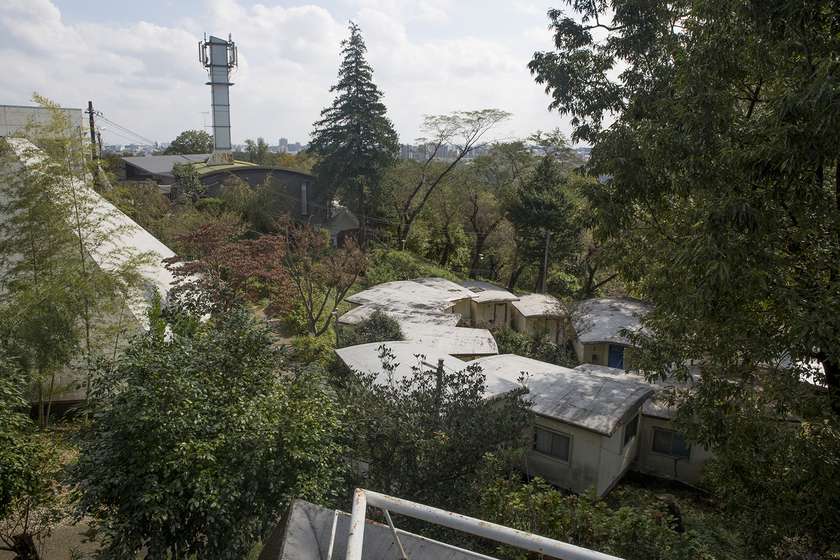
units, pyramid building, Inter-University Seminar House, Hachioji, Tokyo by Takamasa Yosizaka
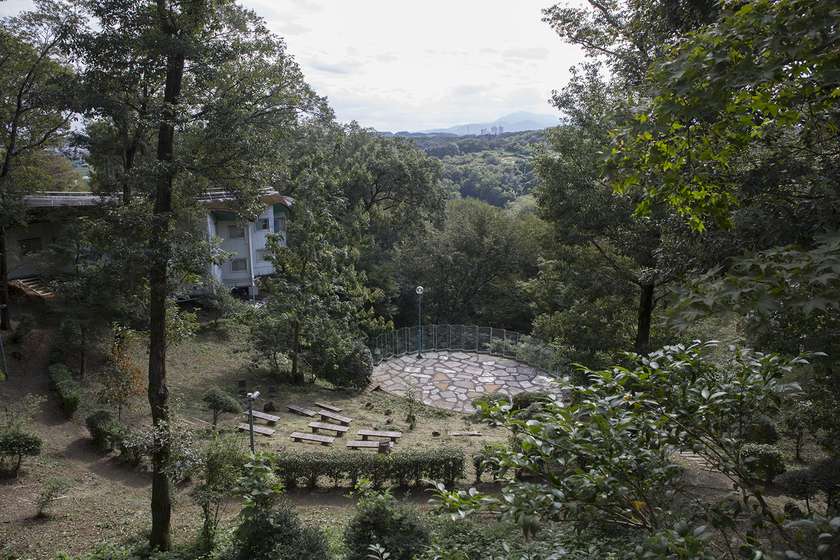
outdoor stage, teachers building, Inter-University Seminar House, Hachioji, Tokyo by Takamasa Yosizaka
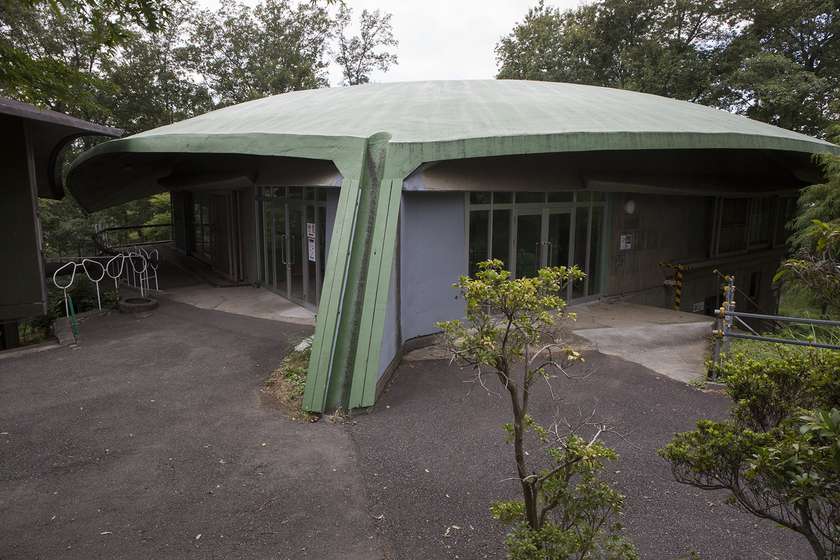
auditorium, Inter-University Seminar House, Hachioji, Tokyo by Takamasa Yosizaka
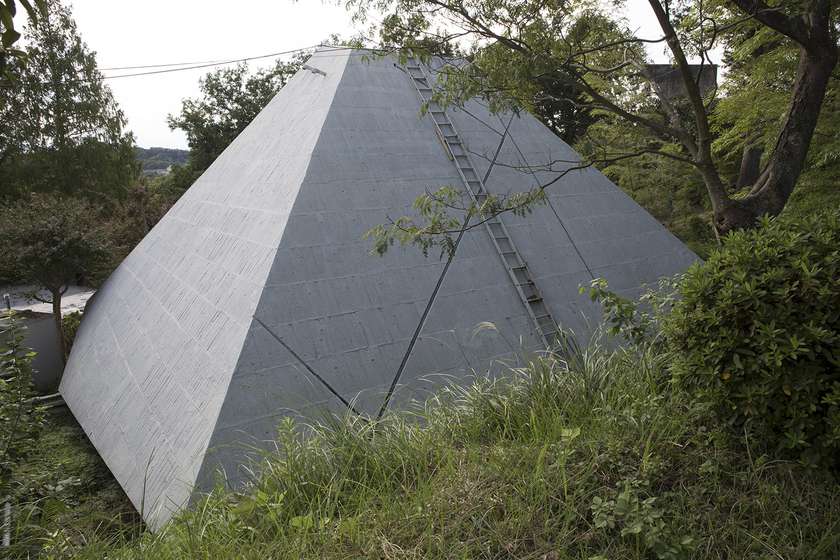
CHuo building, Inter-University Seminar House, Hachioji, Tokyo by Takamasa Yosizaka
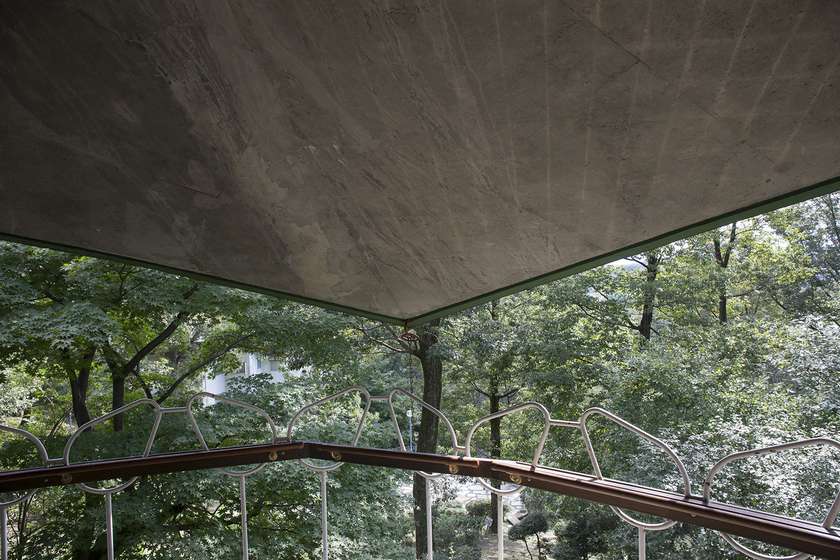
detail auditorium, Inter-University Seminar House, Hachioji, Tokyo by Takamasa Yosizaka
